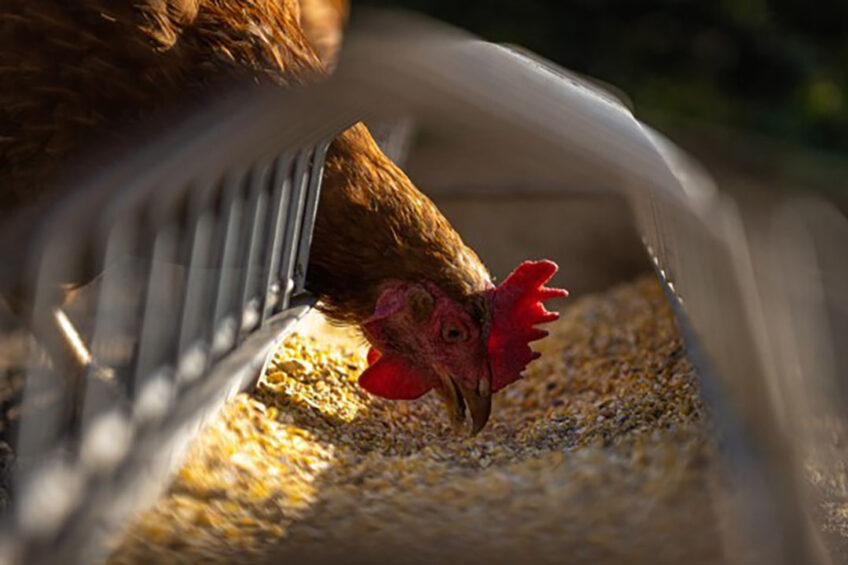Brazilian feed production in 2021 grows less than expected

The Brazilian National Union of the Animal Feed Industry, Sindirações, reduced its growth forecast for the segment in 2021 to a range between 4% and 4.5% instead of 5% as was expected in the middle of the year.
Brazil would therefore produce 85 million tonnes of animal feed in 2021 compared to 81.5 million tonnes in 2020. The organisation’s CEO, Ariovaldo Zani, stated that farmers lose purchasing power due to increasing production costs, which affect the entire chain.
Record exports
Nevertheless, Brazil’s pig, poultry and beef industries may reach record exports, mainly due to shipments to China. In the case of chicken and eggs, the industry also looks set to produce positive results due to domestic demand.
“Pigs, broilers and laying hens may achieve 6%, 4% and 1.5%, respectively, of increasing animal feed consumption,” said Zani.
“Stratospheric” high prices
In an interview, the executive recalls soybeans and corn have “stratospheric” high prices, adding that the appreciation of the dollar further raised the cost of importing amino acids, enzymes and chemical products that come from abroad.
“These levels took much of the producer’s purchasing power, substantially affecting profitability,” he said.
Brazil’s poultry export earnings up 25.3%
Brazil earned 25.3% more with poultry exports between January and November this year compared to the same period in 2020. Volume was up by 9%. Revenues increased as value-added products were exported and because the Brazilian currency (the real) depreciation in relation to dollar or euros. Read more…
Egg producers the most affected
The demand from the dairy producer should not grow compared to 2020, while the egg sector tends to consume 1.5% more feed. Egg producers are therefore the most affected, he said, by not being able to pass on costs as the sector depends on the domestic market.
Zani notes that the population is facing unemployment, inflation and high interest rates, and “has been reacting against increases”. Thus, he said, animal producers and the industry were forced to absorb part of the cost increases.
Growth anticipated
Sindirações projects growth of 4% to 4.5% in 2022, but only if the scenario continues within normal limits.
Zani says there are challenges as exchange rate volatility caused by presidential elections and increasing trends in international chemical prices continue.
Finally, despite a scenario where there is a greater availability of grains in 2022, the specialist said that soybean and corn prices should remain at an “uncomfortable” level for the animal feed industry.












